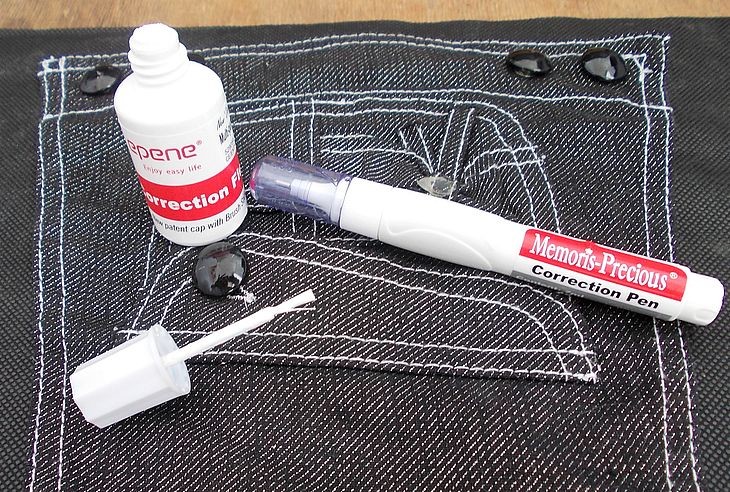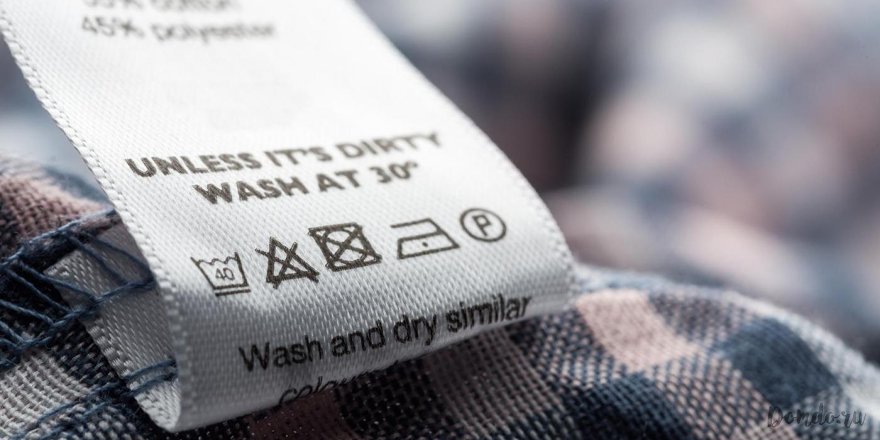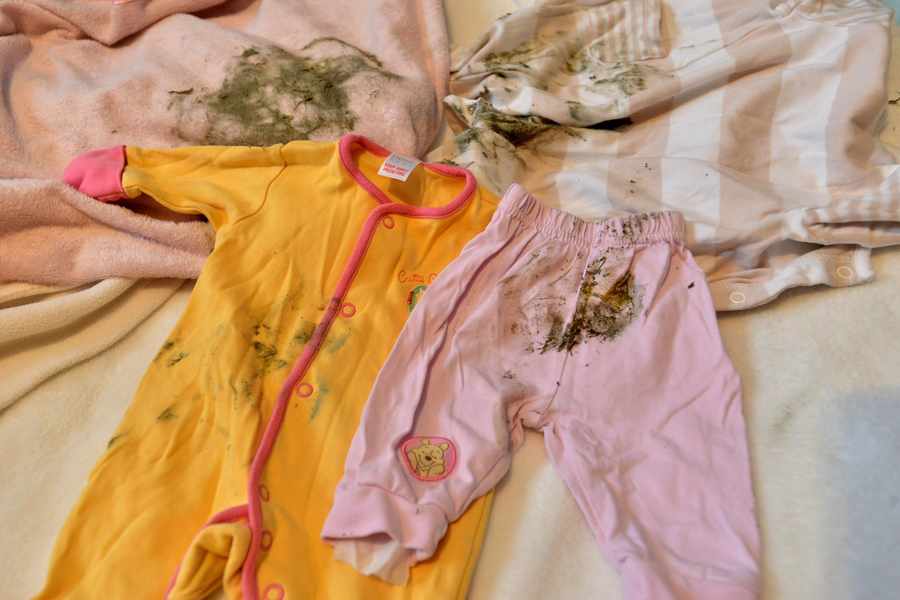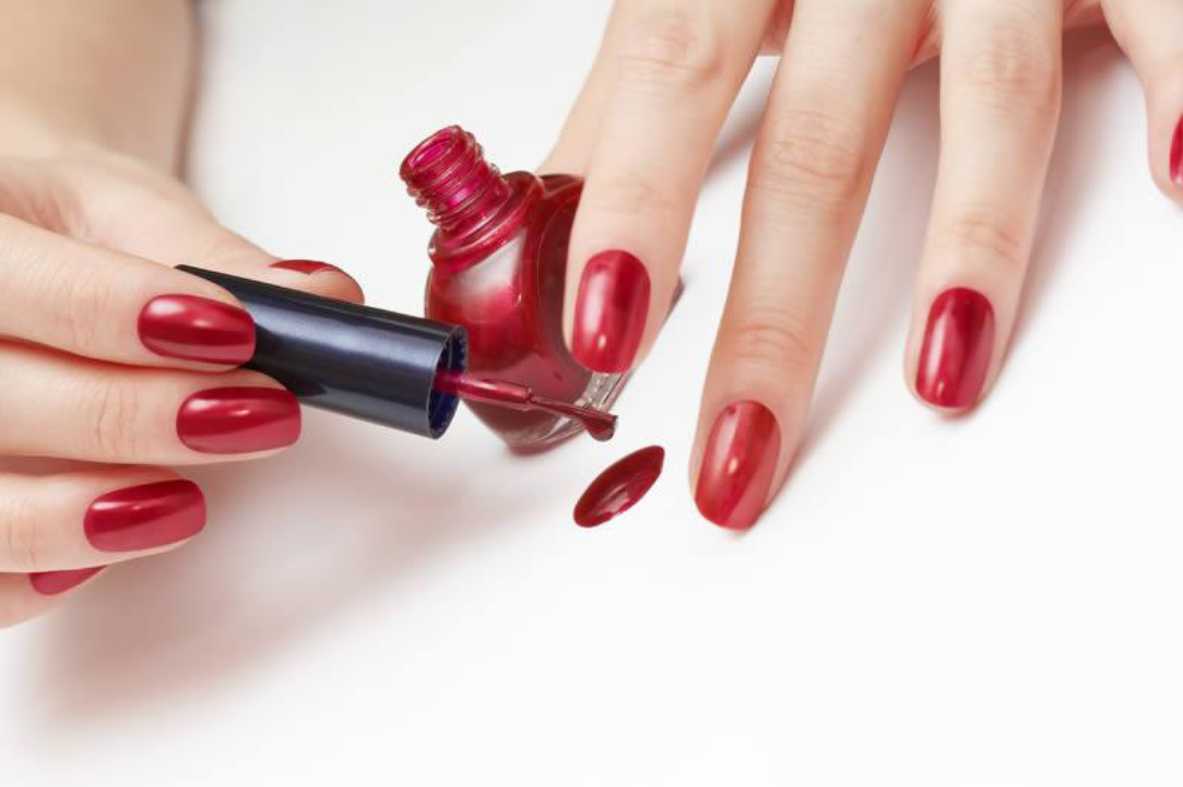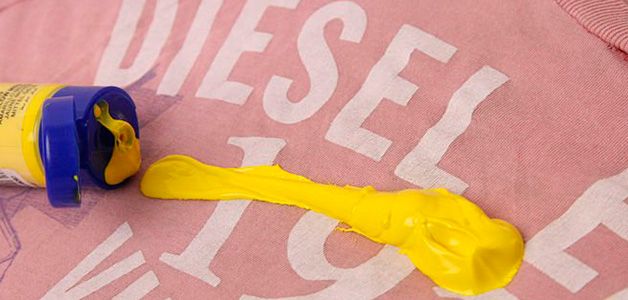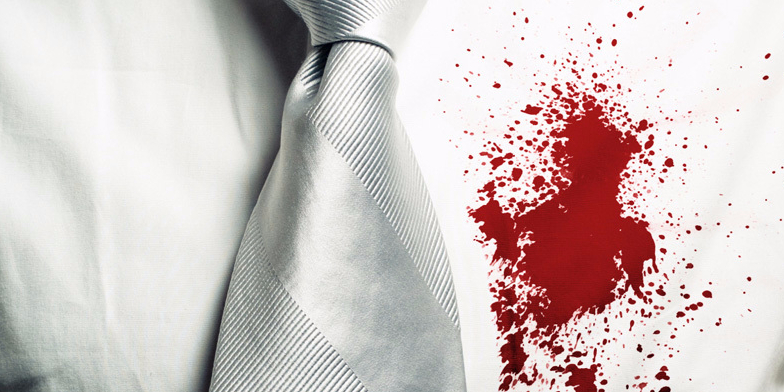Stains or dirt on things that are almost impossible to remove at home are easily removed by dry cleaning. The fabric remains intact, and the clothes look like new. Dry cleaning of clothes is carried out thanks to liquids that contain chemical substances. Solvents are dangerous to human health and the environment, so working with them requires special care. Cleaning of clothes is carried out with special equipment - a dry cleaning machine.
Stages of the technological process depending on the type of pollution
Dry cleaning of clothes is a chemical-physical process using effective solvents of various compositions. The most common substance for cleaning clothes is perchloroethylene (PCE). It is also possible to use water and special surface-active liquids - detergents.
In addition to solvents, other chemical materials used for degreasing, stripping and stain removal are also used when cleaning clothes. Liquids are selected depending on the technology (cleaning with water, solvents containing carbohydrates or perchloroethylene), the type of contamination, and the material from which the items are made.
The stages of the technological process include:
- reception of clothes - this stage is very important. During the reception, the specialist determines the type of material, defects of the items, type of contamination, selects the necessary substances for removing stains, and the processing technology. In addition, a contract is drawn up;
- sorting — at this stage, batches of items are assembled for subsequent loading into a special machine that performs chemical cleaning. Sorting is carried out by fabric texture, color of items, level of contamination, since due to individual characteristics, each fabric feels its own way in the machine. Sorting by color is necessary so that dyes do not move from one item to another;
- stain removal - this process is also called preliminary stripping. The process is suitable for the dirtiest areas of clothing. To remove stains at this level, detergents are used together with solvents. Stripping is carried out on surfaces for removing stains with local light. Such tables are a surface with an exhaust located on them. Compressed air and steam are supplied with guns. A powerful stream of air in combination with water, solvents and fabric washing agents effectively removes stains;
- dry cleaning in a machine - involves drawing dirt out of the fibers of the material with the help of solvents and dissolving them. Dry cleaning equipment operates in a closed cycle. In the container, perchloroethylene, which has already absorbed dirt from things, is filtered and passes into the distiller, where it is purified. Dry cleaning equipment, in order to protect workers and customers, is equipped with an adsorber. The device absorbs the vapors of solvents formed during drying and, accordingly, removes them from things and the drum;
- finishing operations - basically, the finishing stage consists of ironing. This is done on ironing surfaces with irons with steam supplied from a built-in steam generator. Mannequins and presses are also used.
Subsequently, after ironing is completed, the clothes are checked for dry cleaning quality and the items are packaged. Sometimes, clothes are re-cleaned if there are any stains remaining.

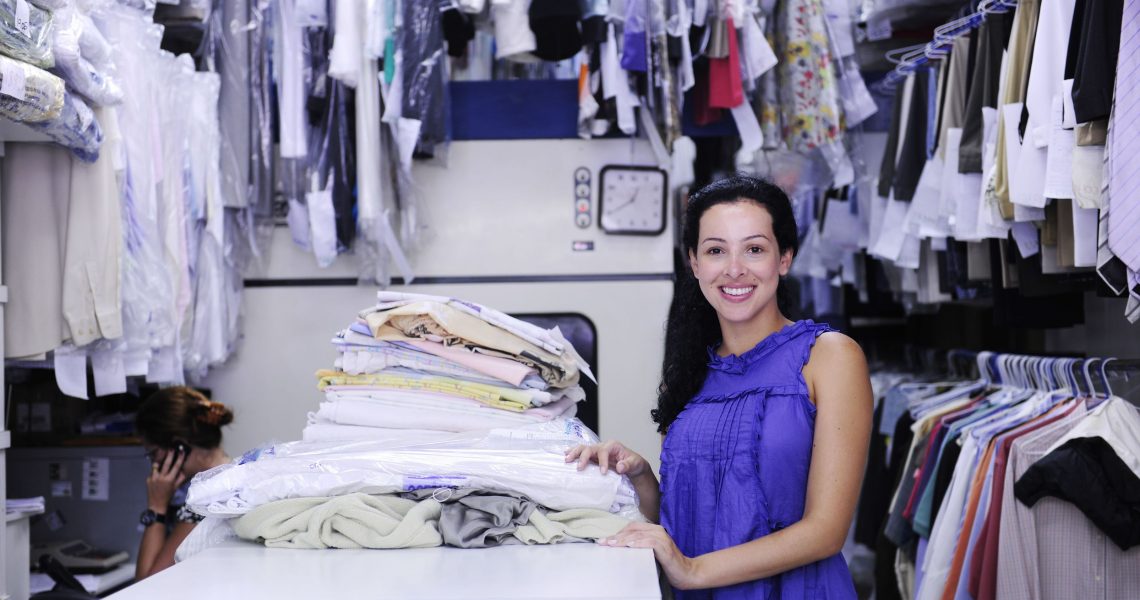
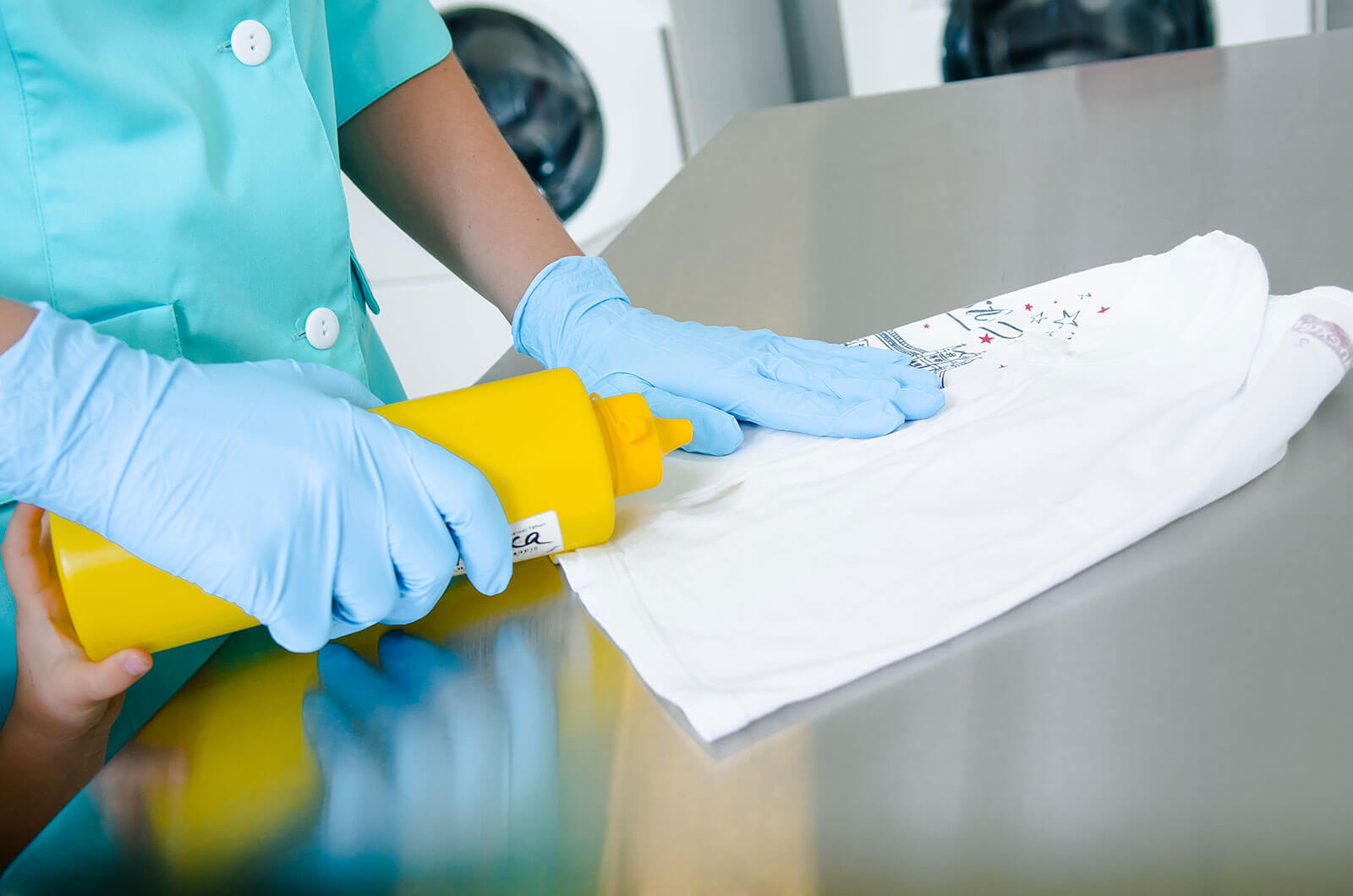


Contamination can be on the entire surface or locally. The most noticeable are stains or dust. Less visible is the hardness of the material from salt, which is present in food or sweat. The color changes and an unpleasant smell appears from acid or alkaline contamination.
There are many substances that can contaminate clothing, but some contaminants are similar to each other. They can be divided into the following groups:
- soluble - these are the contaminants that dissolve during degreasing. These include fatty substances, oils, waxes. Such contaminants do not dissolve in water;
- water-soluble - stains are divided into two types. The first type (sugar, salt) easily dissolves in water, the second - partially (sauces, soups). These stains are called food;
- insoluble - these contaminants are completely insoluble in water or solvents. These include dust, soot, pigment substances. Dry cleaning is used in the process of removing stains from fabric. The problem is that stains can appear after removal, resorption occurs, causing grayness of things;
- Contamination on small areas of the product, which include varnish stains, blood, paint, are removed with preliminary cleaning, usually manually using special tools.
In dry cleaning enterprises, the factors that influence the ease and quality of removal are the type of contamination of the material, the number and type of stains, and the length of time they have been on the items.

Dry cleaning symbols on labels
Experienced employees of professional dry cleaning companies can easily determine which method can be used to clean an item. If you have any difficulties, you can get additional information by paying attention to the labels on the clothes. The circle symbol means that the item can be dry cleaned, but only if it is not crossed out. The English letters located on the symbols mean the following:
- P - perchlorethylene or tetrachlorethylene;
- F — highly flammable;
- A - any;
- W — wet.
One line, located horizontally, means that dry cleaning conditions should be delicate. In this case, humidity, mechanical influence, and temperature conditions are limited.
Two horizontal lines at the bottom of the symbol indicate very delicate handling of the product. In this case, the amount of humidity, mechanical action and temperature is limited.
Dry professional dry cleaning is performed by any of the solvents with the symbol F. Dry dry cleaning with the symbol P is used with a limitation of solvents. Regular dry dry cleaning (F) is performed using hydrocarbons, with a boiling temperature of up to 210 degrees, and an ignition temperature of up to 60 degrees.
(F)s.svg means dry cleaning is allowed. (A).svg - dry cleaning with various solvents is allowed. Wet cleaning (W).svg is regular wet cleaning, and (W)s.svg is delicate. The (W)ss.svg sign refers to delicate wet cleaning of products.
Clothes, stains from which cannot be removed independently with ordinary detergents, must be dry-cleaned using special equipment, solvents, and reagents at special factories. Dry cleaning of clothes is a process performed by professionals who effectively clean the items and keep them fresh, new and beautiful.
Video



